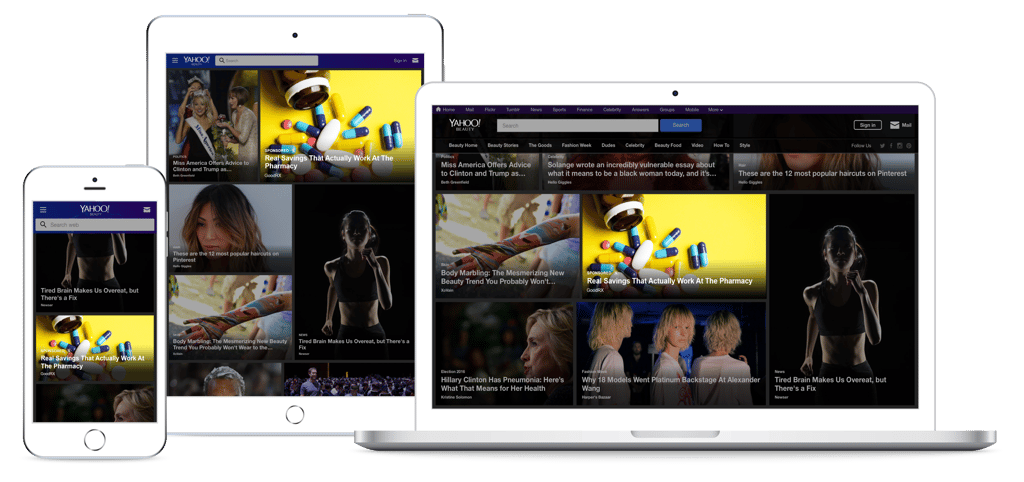NATIVE ADS SUPPORT CONTENT MARKETING
In the world of marketing, good content captivates, informs, and/or entertains. That said, even the most thoughtful and attractive content doesn’t necessarily deliver an audience. As former BuzzFeed VP Jonathan Perelman noted, “Content is king, but distribution is queen and she wears the pants. It’s not nearly enough to create a good piece of content.”
In terms of distribution, think beyond owned and earned channels in your content marketing programs. Think native advertising, one of the hottest trends in marketing today. Because with the right type of distribution, your content will not only captivate and enteratin, it will promote brand awareness, build trust, and increase conversions, as intended.
However, not all native ads are created equal. Unfortunately, too many are poorly executed and either appear deceptively unappealing or direct users to meaningless content. Fear not, for native advertising victory can be yours!
To get the most out of your native advertising efforts, first clarify specific campaign objectives and align KPIs, and then follow this tried-and-true method:
1. Define your audience
If you haven't already identitified and documented your buyer personas, this is the time. Who are your ideal customers? Where are they from? How old are they? What are their job titles? What are their interests and challenges? How will your product best serve them?
2. Find your audience
Create a custom strategy to locate your customers by targeting appropriate publisher categories, site context, as well as by device, location, and time of day. Choose your landing pages carefully and implement advanced targeting techniques like retargeting, audience targeting, and data layering to meet the consumer at the moments that matter most.
3. Create intriguing content
Produce valuable, personalized content to energize your brand and motivate your audience to want to learn more and interact. Useattention-grabbing images and a variety of ad formats that match the unique look and feel of individual publisher sites, and establish a seamless user experience. Where appropriate, employ dynamic headlines.

Example of a native ad, as displayed across various devices.
4. Be transparent
Regardless of native advertising unit type, the IAB advocates that, for paid native ad units, clarity and prominence of the disclosure is paramount. Disclosing promoted content builds trust; therefore, brand credibility. Native ads also help to develop customer rapport and are easily shared across social media. Social native ads are projected to garner the biggest share of native ad revenue and should be infused into your campaign strategy.
5. Learn and optimize
Invest in programmatic native management technology to scale and streamline your content creation, distribution, and ad campaign analytics. Open marketplace bidding with sophisticated automation and programmatic direct buying of native ads can also be a cost effective tool to drive more leads and sales. Better yet, rely on experts to manage and iterate on your campaign strategy.
CONCLUSION
Traditional display ads have fallen out of favor in the U.S., with nearly three in ten respondents (29%) describing them as a distraction. Meanwhile, native ads are receiving up to 60% higher engagement rates among consumers and content is king when it comes to successful native advertising. But content alone can’t carry your campaign over the finish line. Follow the five steps described above to optimize your campaigns for long-term native ad success. Victory can be yours.
This post is about: native advertising, native ads, native advertising metrics, native ad platforms, native ad mistakes, native advertising best practices, programmatic advertising, programmatic native advertising, customer experience, customer engagement, and content marketing.
***
Reach out to Storygize to get started with a programmatic native advertising campaign today! Or download our eBook: The Compelling New Way to Connect with Consumers to learn more.
We love feedback! Feel free to comment below.

